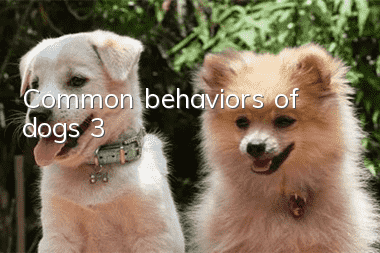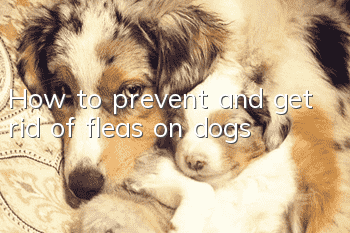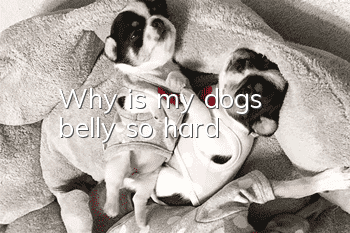Common behaviors of dogs (3)

21: Capture method
You don’t need to speak or gesture, you just keep waiting, just like you are taking care of your babies, capture all the actions you like, even if there is no snack reward, you will find that the dog will repeat this action at a certain period of time. For example, if you like the way your dog yawns, you can press the clicker; if you like it to scratch your hand, you can also press the clicker.
22: Guidance method
Use snacks to lure. When the dog can master this action, you can slowly reduce the snacks and then change it to gestures.
23: Sculpture method
For example, if you want your dog to enter the cage, you can press the clicker when the dog approaches the cage to give it a reminder. Then you observe its behavior and press the clicker once it approaches the cage. This way The dog will think this is a good thing until it can go in by itself.
24: Dominant attack (king attack)
Dominance aggression is the most common aggressive behavior of dogs. Some dogs with strong autonomy will challenge the authority of their owners and want to become the leader of the family. The dog may have realized that it is being controlled, or it may want to understand through this behavior Its status in the family.
This kind of aggressive behavior usually occurs when a dog is awakened from sleep, or when it is asked to sit on something it doesn't like. And it usually occurs when the dog's hierarchy concept matures between 18 and 2 years old. Dogs at this age are eager to know His status in the family and trying to enter the leadership. So he will howl in front of his family. (Dogs with dominance aggression will also show possessive aggression or food aggression)
25: Fear of sexual assault
This kind of aggression can be hereditary. For example, dogs that have been abused or partially adopted will develop this kind of aggressive behavior. They have not recovered from the mental trauma they have suffered.
Dogs suffering from phobic aggression will begin to show obvious behavioral patterns after 3 months. Sometimes anything will make them feel fear. It will begin to show signs of barking, trembling, tail clamping, retreating, and even incontinence of urine and feces, neck and tail. The hair stands on end. This behavior is best obtained through the help of an animal behaviorist and, if necessary, medical treatment.
26: Possessive attack
The most obvious sign of possessive aggression is that the dog refuses to hand over the toys or other things stolen from the owner. When forced to teach it, it will howl, growl, or even bite. Possessive aggression and dominance aggression Often appear at the same time, mainlyCaused by pets' "control complex".
27: Food-related attacks
They will protect food very roughly, roaring while eating, and even biting. Food-related attacks often occur at the same time as dominance attacks.
Therefore, it is necessary to let the dog understand from an early age that the hand is to bring it food, not to take away its food.
28: Maternal aggression
This behavior is usually seen in female dogs that have given birth to babies. Anyone who catches the puppy will violently protect it or even kill the puppy.
29: Predatory attack
Dogs with this kind of aggressive behavior often attack or kill other animals, such as cats, chickens, sheep, etc. This kind of aggressive behavior is usually completed quickly in a relatively quiet environment and is quite dangerous. What is even more terrifying is that they It is also possible to attack the baby. There is no way to correct this kind of aggressive behavior.
30: Turning to sexual aggression
This kind of aggressive behavior usually occurs when the owner prevents the dog from doing something he thinks is inappropriate. For example, if you try to stop the dog from yelling at a guest, the dog will turn around and bite you.
- How to train a Greyhound at night? Greyhound training tips!
- How to train a dog to hold the food bowl?
- Here are the common diseases of dogs and cats
- Which is better, Teddy or Pomeranian? What is the difference between Teddy and Pomeranian?
- Teach you how to properly trim your dog’s toenails
- What should I do if my dog is constipated? Symptoms and treatment of dog constipation
- What to do if your dog’s skin is dry
- How much does an Eskimo dog cost_price_pictures
- What are the symptoms of dog shock?
- What should I do if my male dog is infertile?



